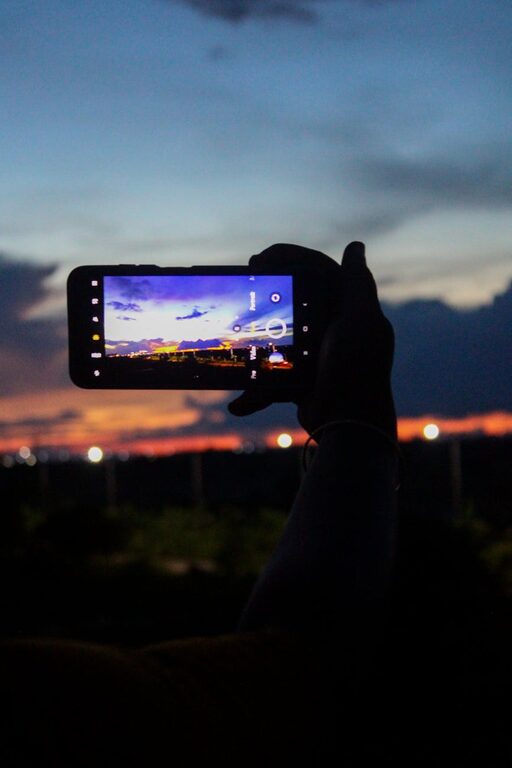Taking great photos with your phone has never been easier. Modern smartphones come with powerful cameras, yet many people miss out on capturing their best shots simply because they don’t know some basic photography techniques. Whether you’re snapping photos for social media, memories, or creative projects, these beginner tips will help you take better phone photos today.
Understand Your Phone’s Camera Features
Before diving into shooting, spend some time exploring your phone’s camera app. Most smartphones offer multiple modes and settings that can enhance your photos.
– Resolution and Quality: Make sure your camera is set to the highest resolution available.
– Gridlines: Turn on the grid feature to help frame your shots using the rule of thirds.
– Focus and Exposure: Tap on your subject to focus, and adjust brightness by sliding your finger up or down.
– Additional Modes: Experiment with portrait, night mode, panorama, and other available features.
Understanding these basics allows you to take full control of the camera instead of relying on automatic settings alone.
Keep Your Lens Clean and Steady
It may sound obvious, but a dirty lens can ruin an otherwise great shot.
– Use a soft microfiber cloth to gently wipe the lens.
– Avoid touching the lens with your fingers.
Also, camera shake can cause blurry photos, especially in low light.
– Hold your phone with both hands.
– Brace your elbows against your body for extra stability.
– Consider using a small tripod or phone stand if needed.
Compose Your Shots Thoughtfully
Great composition turns ordinary images into eye-catching photos.
Use the Rule of Thirds
Imagine your screen divided into a 3×3 grid. Place your subject or points of interest along these lines or their intersections to create balanced, engaging photos.
Find Leading Lines
Look for natural lines—roads, fences, shadows—that draw the viewer’s eye into the photo and toward your subject.
Pay Attention to Backgrounds
A cluttered or distracting background can take focus away from the main subject. Look for simple or complementary backgrounds to make your subject pop.
Make the Most of Lighting
Lighting is one of the most important factors in photography.
– Natural Light: Whenever possible, shoot in natural light. Early morning and late afternoon (golden hours) provide soft, warm light that looks flattering.
– Avoid Harsh Midday Sun: It can create hard shadows and highlights.
– Use Shade: When shooting outdoors on sunny days, find shaded areas for even, diffused light.
– Experiment with Backlighting: Placing your subject between the camera and the light source can create silhouettes or glowing effects.
– Avoid Using Flash: Smartphone flashes are often harsh and unflattering. Instead, try increasing exposure or moving closer to light.
Experiment with Angles and Perspectives
Don’t just take photos at eye level.
– Try shooting from low angles to make subjects appear larger.
– Shoot from high angles to capture interesting patterns or crowds.
– Move around your subject to find unique viewpoints that add depth or drama.
Changing perspective can tell a different story with your photo.
Use Editing Apps to Enhance Your Photos
Editing is a simple way to lift your images to the next level.
Some beginner-friendly editing apps include Snapseed, VSCO, Adobe Lightroom Mobile, and Instagram’s built-in editor. Here are common adjustments you can try:
– Crop and straighten to improve composition.
– Adjust brightness, contrast, and saturation for more vivid colors.
– Sharpen to enhance details.
– Apply filters thoughtfully; avoid overdoing it.
– Remove minor blemishes or distractions if needed.
Editing helps bring out the best in your photo while reflecting your personal style.
Practice Consistently and Review Your Work
Photography is a skill developed over time through practice.
– Take photos regularly in different lighting and settings.
– Review your photos and identify what works and what doesn’t.
– Learn by comparing your shots before and after editing.
As you grow more confident, you’ll begin to notice great photo opportunities wherever you go.
—
Smartphone photography offers endless possibilities, and with these beginner tips, you’ll be well on your way to capturing beautiful, memorable images. Remember: practice, patience, and paying attention to light and composition make all the difference!
Happy shooting!

